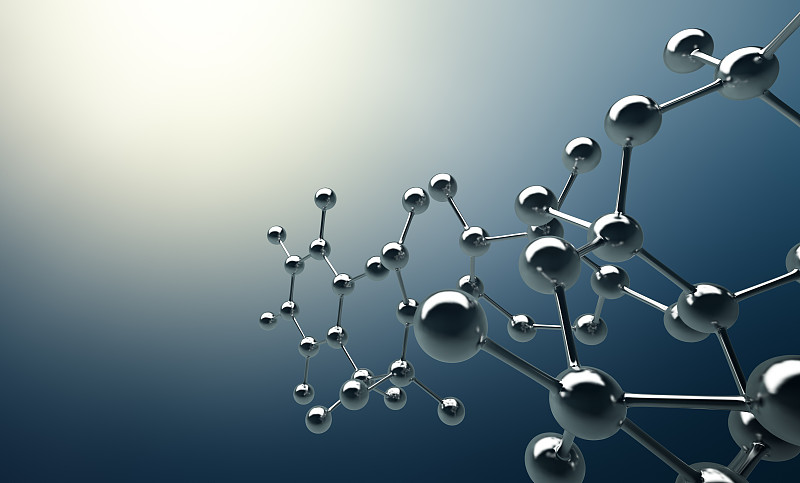2025-05-09
Electrochemical Approaches to Fluorobenzene Production: A Green Chemistry Perspective
Preparation of fluorobenzene by electrochemical method: a green chemical perspective
In the industry of chemical industry, if you want to find a new environment, you must take green chemistry as your base. Today, Hongda Chemical Workshop specializes in electrochemical methods to produce fluorobenzene, which is related to the new path of chemical industry and is also an important move in green chemistry.
Fluorobenzene is widely used in chemical industry. In the past, there were many drawbacks in the production method. Either using toxic substances or huge energy consumption, there are hidden dangers to the environment and the health of workers. Today, my workshop is researching the method of electrochemical technology, aiming to revolutionize the past and achieve a green environment.
The method of electrification takes electricity as the driving force, so that all substances are on the side of the electrode and undergo chemical changes. The beauty of this lies in precise control, reducing the proliferation of by-products and increasing the purity of main products. And the agents used are mostly clean, without the risk of heavy pollution, and the energy consumption is also lower than that of the usual method.
At the beginning of the exploration, there are many difficulties. The choice of electrodes is related to the speed and quality of the reaction. If the material is improper, it should be slow and ineffective. After many trials and errors, the appropriate material is finally obtained, so that the reaction can run smoothly. The distribution of electrolyte is also the key. Ion concentration, pH, etc., if there is a slight difference, it will affect the overall situation. Everyone in the workshop studies day and night to reconcile the causes and get a good match.
When reacting, the control of temperature and voltage is indispensable. If the temperature is too high, the reaction may be out of order; if it is too low, the process will be delayed. The same is true of voltage. If it is too strong or responsive, if it is too weak, the power will be insufficient. We carefully adjust and observe, so that the reaction is in the best state.
After long-term efforts, fluorobenzene is prepared by electrochemical method, and it is gradually maturing. The yield is rising, and the quality is also excellent. Compared with the old method, the green effect is significant. The raw materials used are mostly common and easily available, and there is no concern about scarcity. During the reaction process, pollution is greatly reduced, and the discharge of wastewater and waste gas is in line with environmental protection regulations.
The achievement of this method is not only an excellent method for the preparation of fluorobenzene, but also a green model for the chemical industry. I hope that all our colleagues can follow suit and promote the chemical industry together, moving towards a green and sustainable path. So that our business can not only promote the prosperity of the economy, but also protect the beauty of nature. This is our shared responsibility as chemical workers.
 18 years experience
18 years experience 6000+ m2 factory area
6000+ m2 factory area 300+ employees
300+ employees 60+ customer's countries
60+ customer's countries









